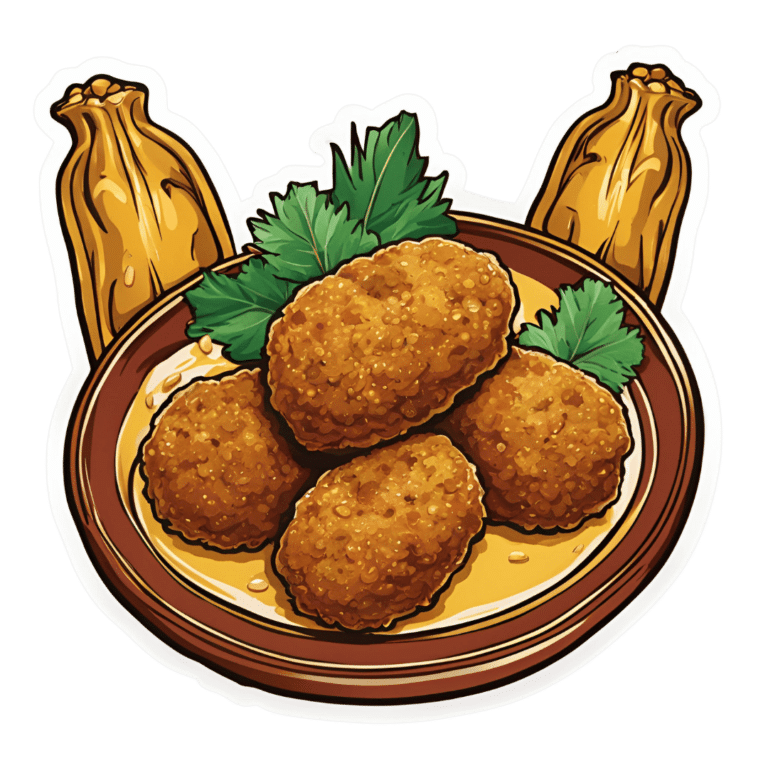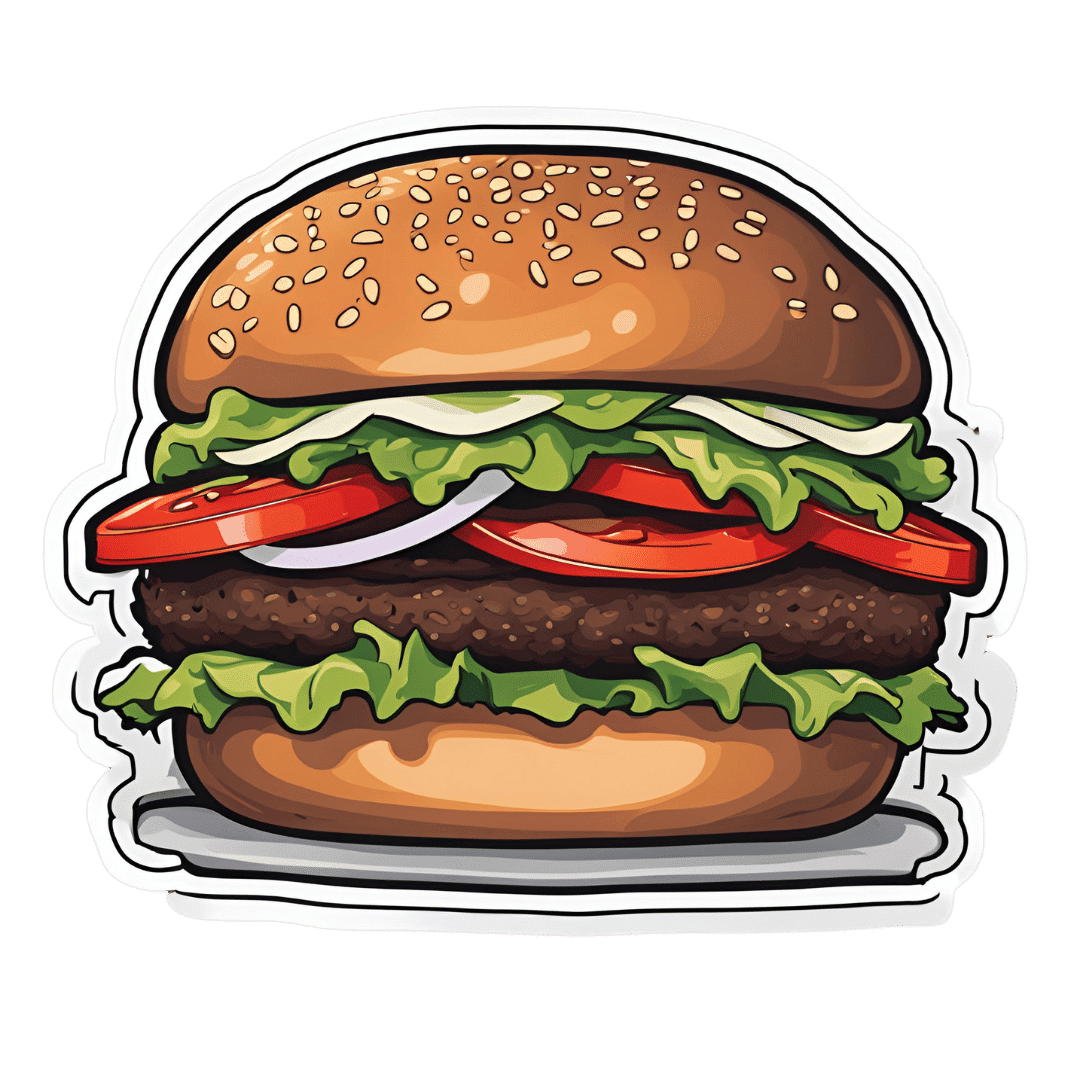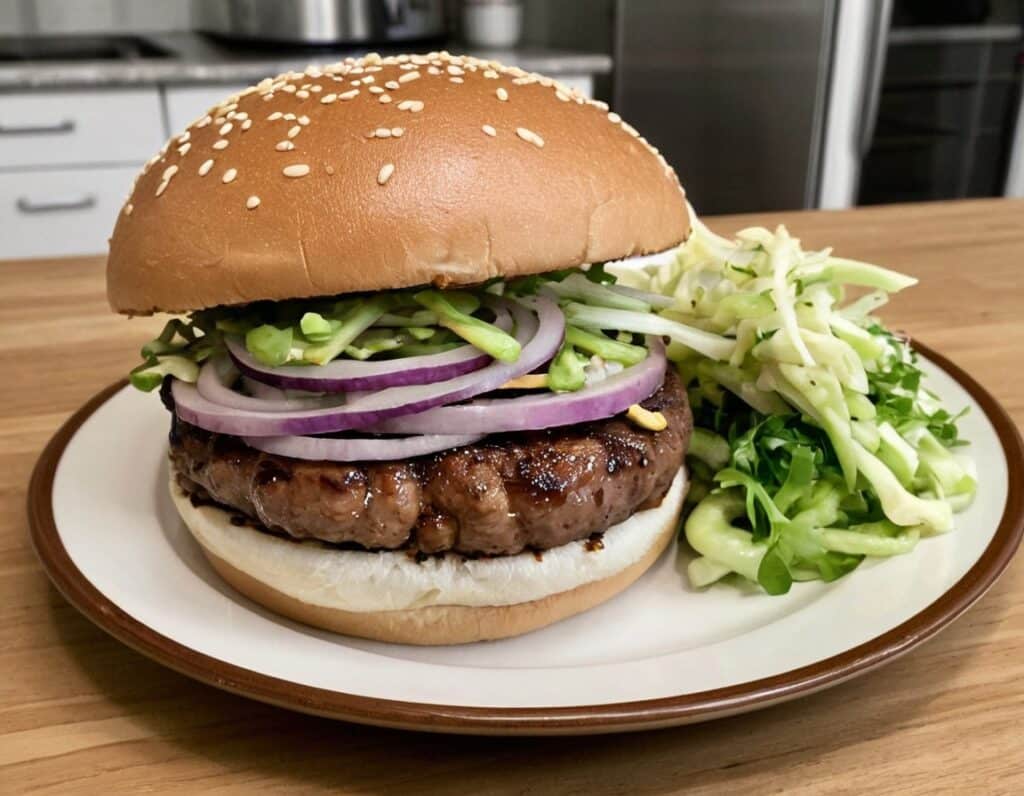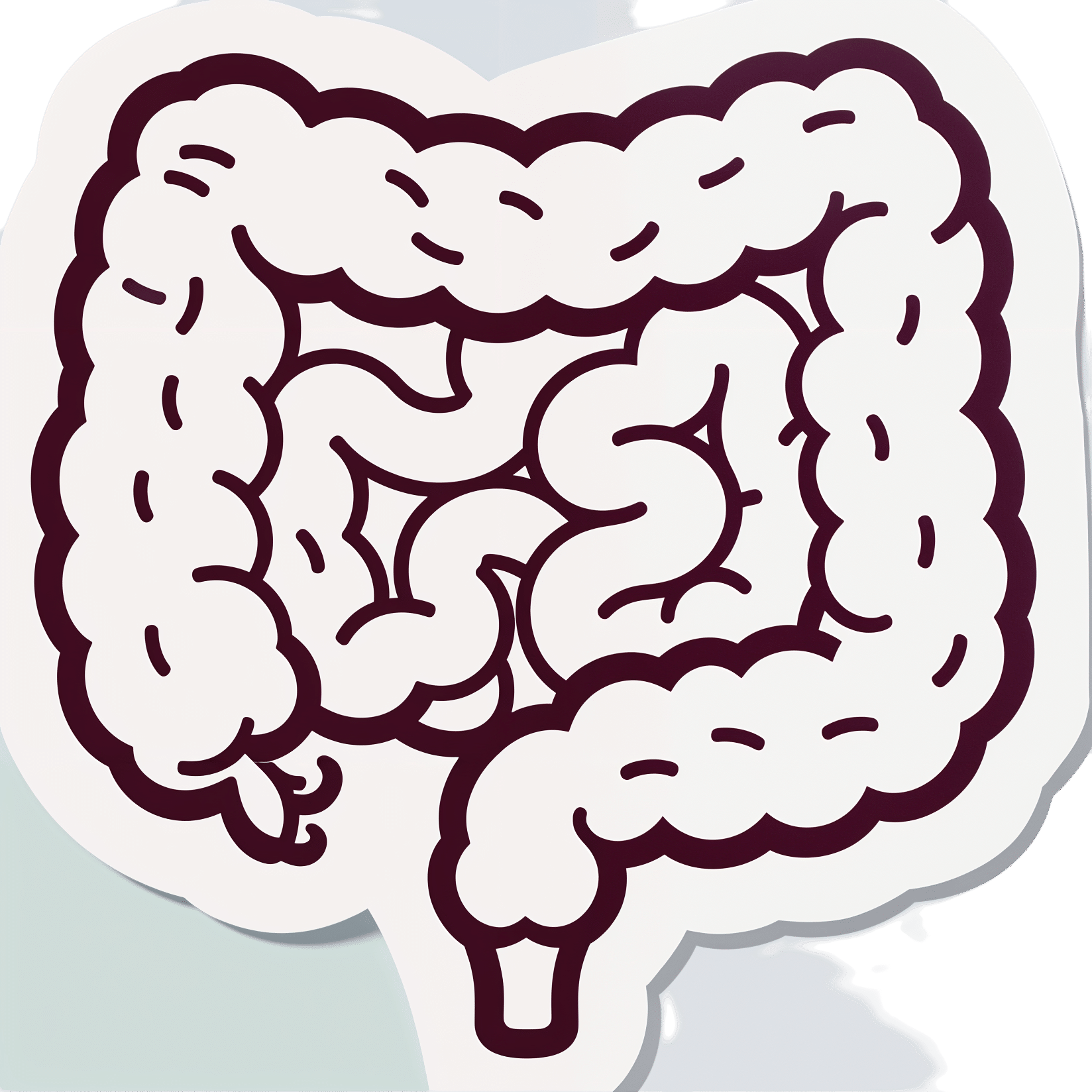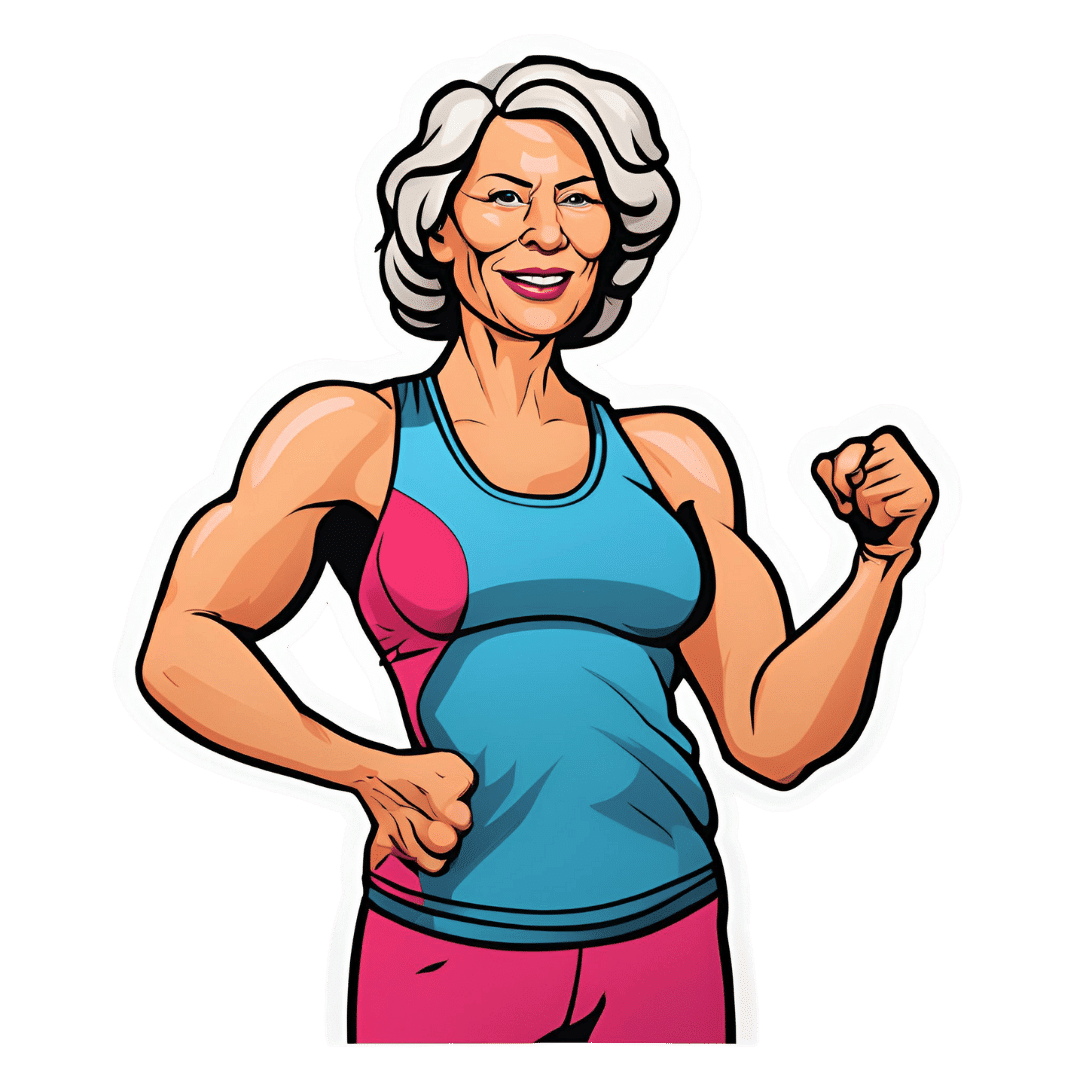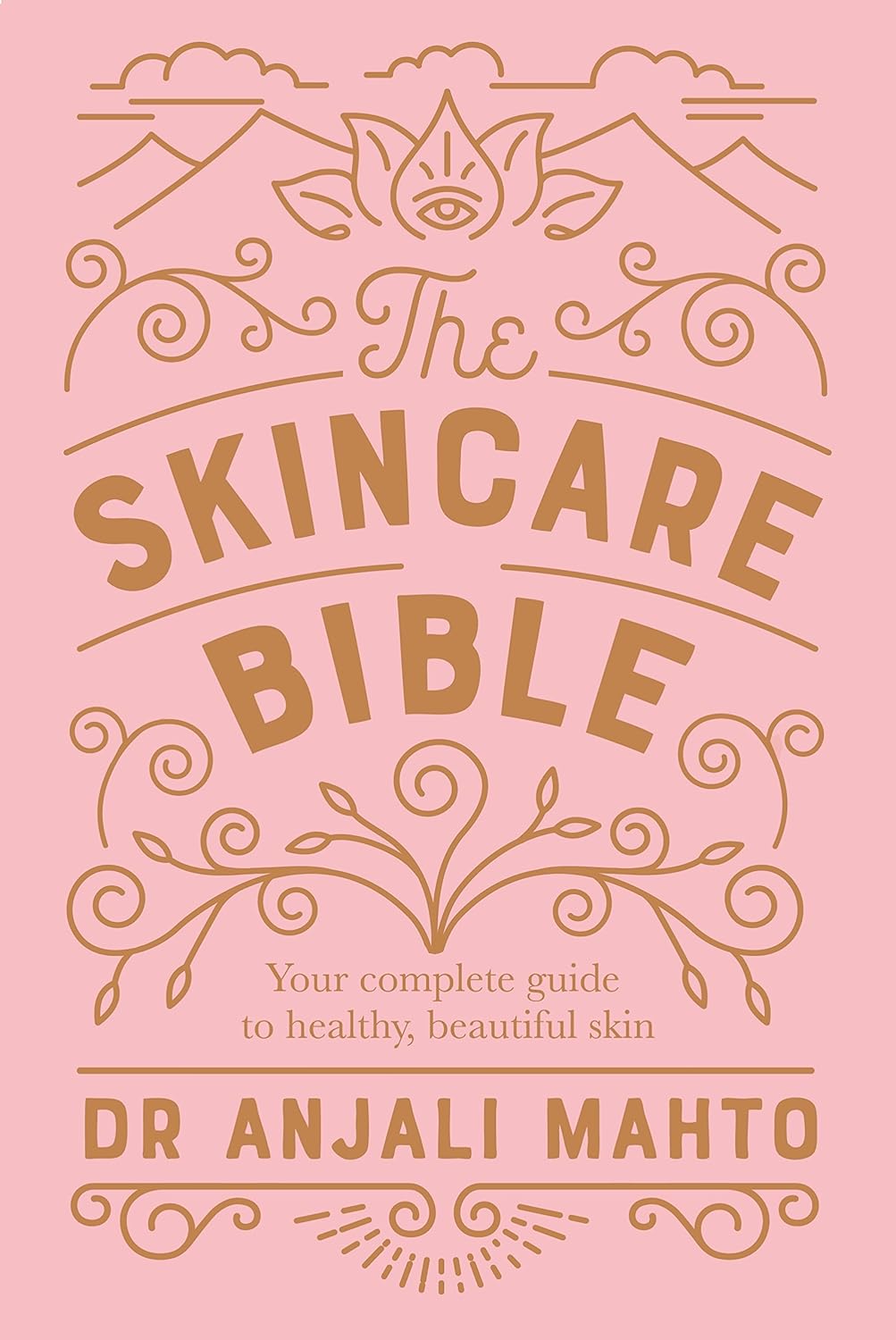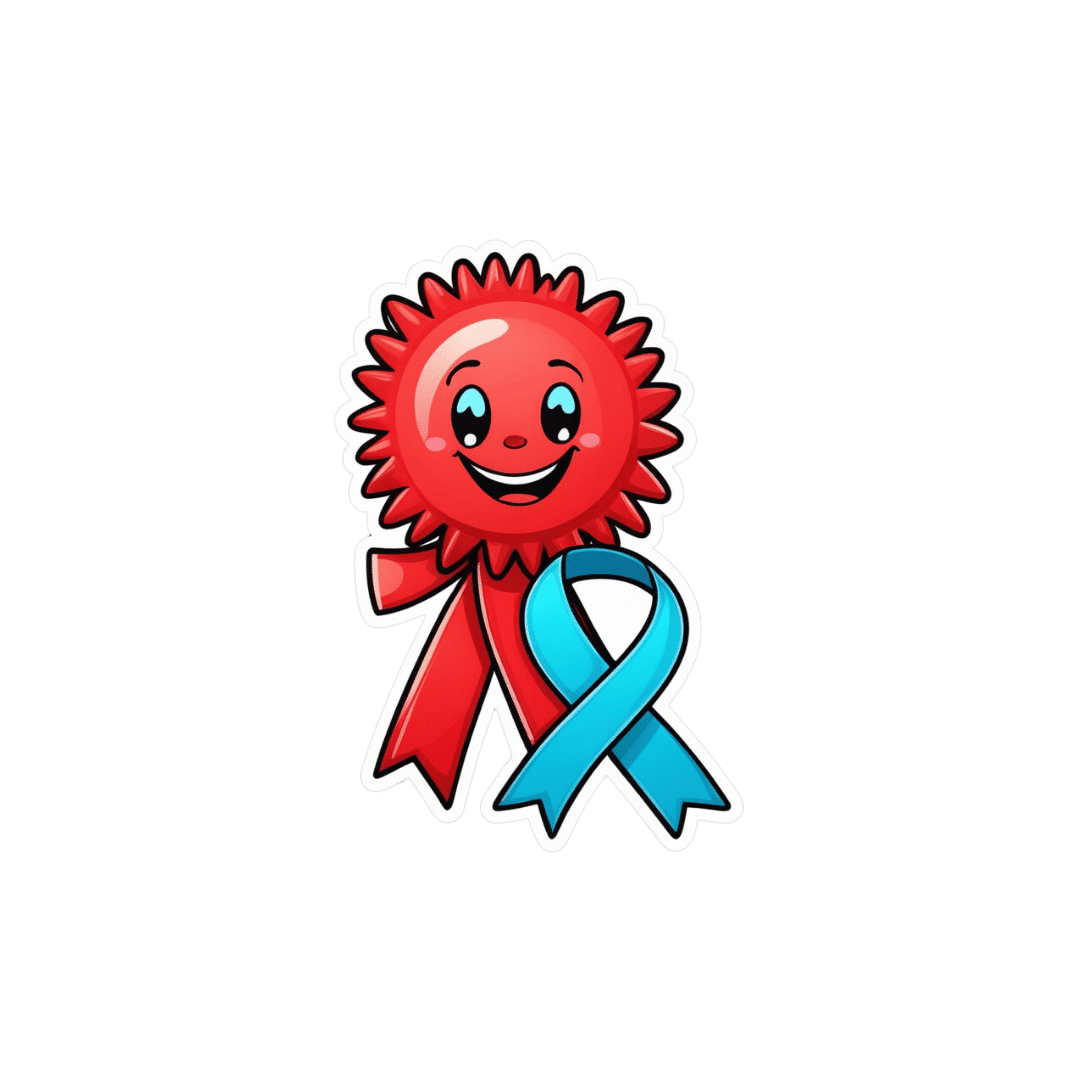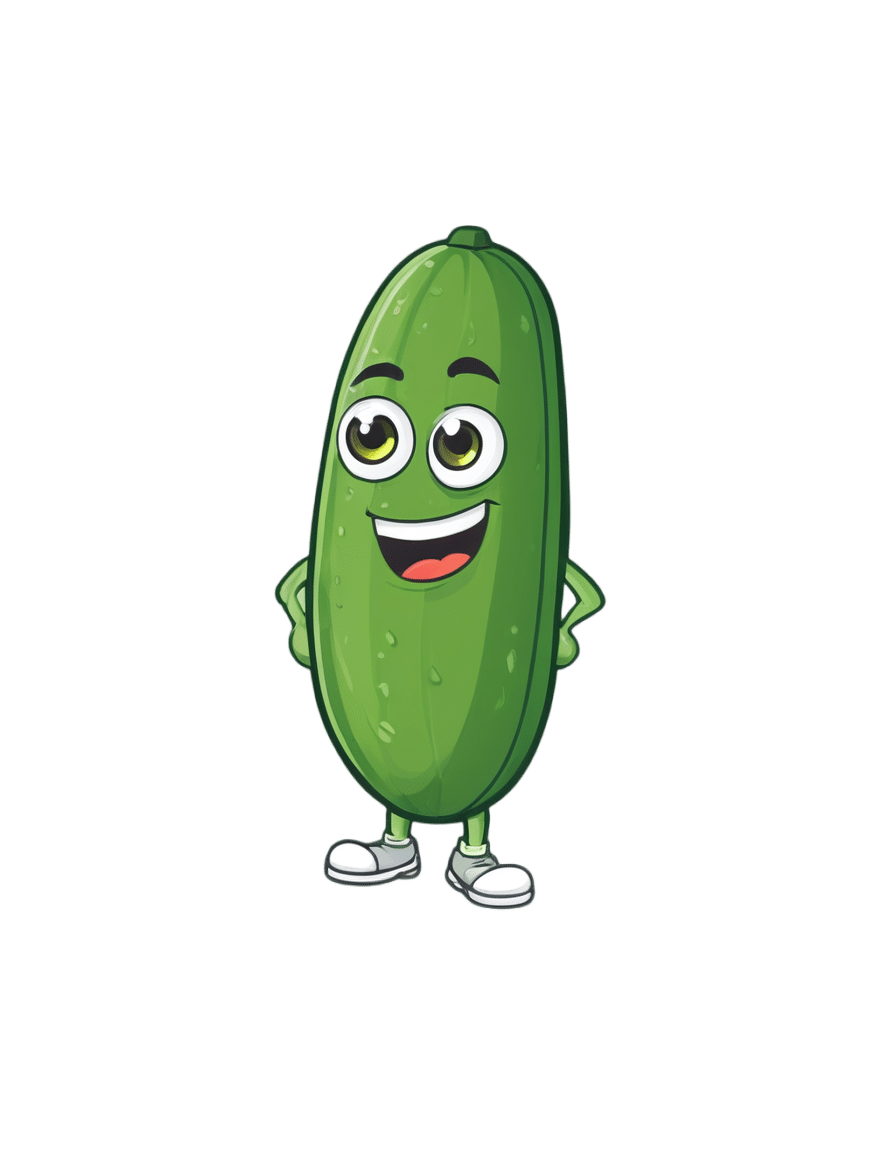
Fast-Pickled Cucumbers
10almonds is reader-supported. We may, at no cost to you, receive a portion of sales if you purchase a product through a link in this article.
Pickled vegetables are great for the gut, and homemade is invariably better than store-bought. But if you don’t have pickling jars big enough for cucumbers, and don’t want to wait a couple of weeks for the results, here’s a great way to do it quickly and easily.
You will need
- 1 large cucumber, sliced
- 2 tbsp apple cider vinegar
- 1½ tbsp salt (do not omit or substitute)
- 3 cloves garlic, whole, peeled
- 3 large sprigs fresh dill
- 2 tsp whole black peppercorns
- ½ tsp crushed red pepper flakes
- 1 bay leaf
Method
(we suggest you read everything at least once before doing anything)
1) Mix the vinegar and salt with 1½ cups of water in a bowl.
2) Assemble the rest of the ingredients, except the cucumber, into a quart-size glass jar with an airtight lid.
3) Add the cucumber slices into the jar.
4) Add the pickling brine that you made, leaving ½” space at the top.
5) Close the lid, and shake well.
6) Refrigerate for 2 days, after which, serve at your leisure:
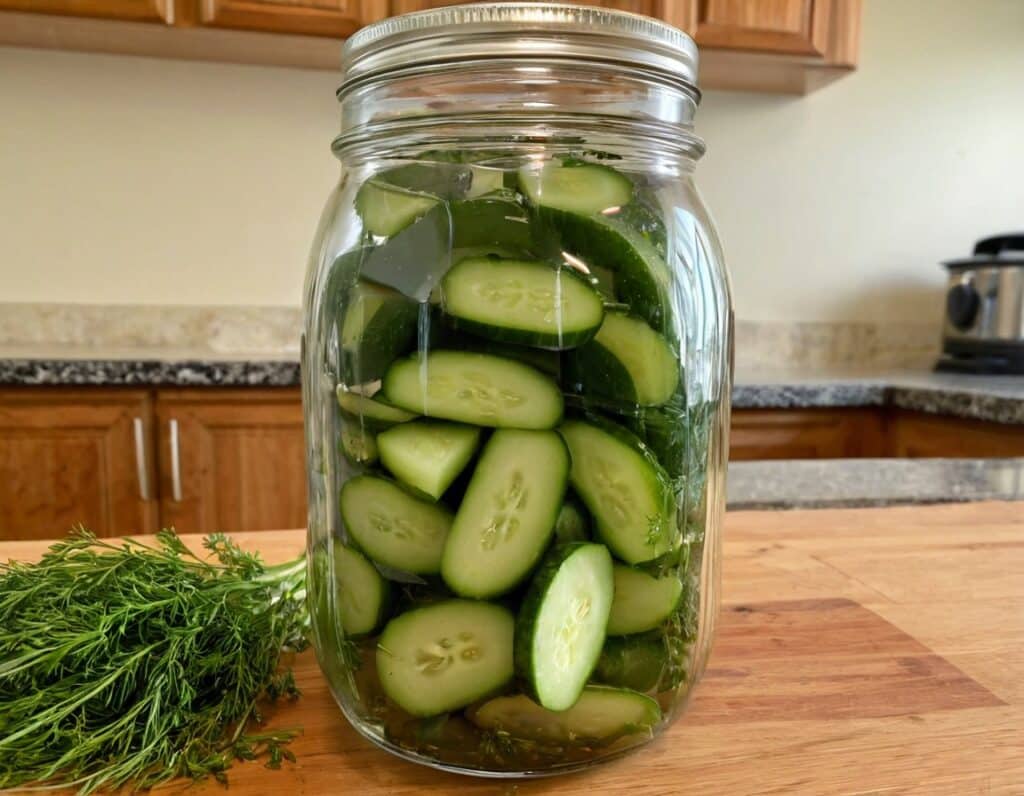
Enjoy!
Want to learn more?
For those interested in some of the science of what we have going on today:
- Making Friends With Your Gut (You Can Thank Us Later)
- Our Top 5 Spices: How Much Is Enough For Benefits? ← 3/5 of these spices are in this recipe!
Take care!
Don’t Forget…
Did you arrive here from our newsletter? Don’t forget to return to the email to continue learning!
Recommended
Learn to Age Gracefully
Join the 98k+ American women taking control of their health & aging with our 100% free (and fun!) daily emails:
-
Teriyaki Chickpea Burgers
10almonds is reader-supported. We may, at no cost to you, receive a portion of sales if you purchase a product through a link in this article.
Burgers are often not considered the healthiest food, but they can be! Ok, so the teriyaki sauce component itself isn’t the healthiest, but the rest of this recipe is, and with all the fiber this contains, it’s a net positive healthwise, even before considering the protein, vitamins, minerals, and assorted phytonutrients.
You will need
- 2 cans chickpeas, drained and rinsed (or 2 cups of chickpeas, cooked drained and rinsed)
- ¼ cup chickpea flour (also called gram flour or garbanzo bean flour)
- ¼ cup teriyaki sauce
- 2 tbsp almond butter (if allergic, substitute with a seed butter if available, or else just omit; do not substitute with actual butter—it will not work)
- ½ bulb garlic, minced
- 1 large chili, minced (your choice what kind, color, or even whether or multiply it)
- 1 large shallot, minced
- 1″ piece of ginger, grated
- 2 tsp teriyaki sauce (we’re listing this separately from the ¼ cup above as that’ll be used differently)
- 1 tsp yeast extract (even if you don’t like it; trust us, it’ll work—this writer doesn’t like it either but uses it regularly in recipes like these)
- 1 tbsp black pepper
- 1 tsp fennel powder
- ½ tsp sweet cinnamon
- ½ tsp MSG or 1 tsp low-sodium salt
- Extra virgin olive oil for frying
For serving:
- Burger buns (you can use our Delicious Quinoa Avocado Bread recipe)
- Whatever else you want in there; we recommend mung bean sprouts, red onion, and a nice coleslaw
Method
(we suggest you read everything at least once before doing anything)
1) Preheat the oven to 400℉ / 200℃.
2) Roast the chickpeas spaced out on a baking tray (lined with baking paper) for about 15 minutes. Leave the oven on afterwards; we still need it.
3) While that’s happening, heat a little oil in a skillet to a medium heat and fry the shallot, chili, garlic, and ginger, for about 2–3 minutes. You want to release the flavors, but not destroy them.
4) Let them cool, and when the chickpeas are done, let them cool for a few minutes too, before putting them all into a food processor along with the rest of the ingredients from the main section, except the oil and the ¼ cup teriyaki sauce. Process them into a dough.
5) Form the dough into patties; you should have enough dough for 4–6 patties depending on how big you want them.
6) Brush them with the teriyaki sauce; turn them onto a baking tray (lined with baking paper) and brush the other side too. Be generous.
7) Bake them for about 15 minutes, turn them (taking the opportunity to add more teriyaki sauce if it seems to merit it) and bake for another 5–10 minutes.
8) Assemble; we recommend the order: bun, a little coleslaw, burger, red onion, more coleslaw, mung bean sprouts, bun, but follow your heart!
Enjoy!
Want to learn more?
For those interested in some of the science of what we have going on today:
- Three Daily Servings of Beans/Legumes?
- Hoisin Sauce vs Teriyaki Sauce – Which is Healthier?
- Sprout Your Seeds, Grains, Beans, Etc
- Our Top 5 Spices: How Much Is Enough For Benefits? ← we scored 4/5 today!
- Monosodium Glutamate: Sinless Flavor-Enhancer Or Terrible Health Risk?
Take care!
Share This Post
-
Making Friends With Your Gut (You Can Thank Us Later)
10almonds is reader-supported. We may, at no cost to you, receive a portion of sales if you purchase a product through a link in this article.
Gut Health 101
We have so many microorganisms inside us, that by cell count, their cells outnumber ours more than ten-to-one. By gene count, we have 23,000 and they have more than 3,000,000. In effect, we are more microbe than we are human. And, importantly: they form a critical part of what keeps our overall organism ticking on.
Read all about it: The role of the gut microbiota in nutrition and health
Our trillions of tiny friends keep us alive, so it really really pays to return the favor.
But how?
Probiotics and fermented foods
You probably guessed this one, but it’d be remiss not to mention it first. It’s no surprise that probiotics help; the clue is in the name. In short, they help add diversity to your microbiome (that’s a good thing).
Read from the NIH: Probiotics: What You Need To Know
As for fermented foods, not every fermented food will boost your microbiota, but great options include…
- Fermented vegetables (sauerkraut, pickles, etc)
- You’ll often hear kimchi mentioned; that is also pickled vegetables, usually mostly cabbage. It’s just the culinary experience that differs. Unlike sauerkraut, kimchi is usually spiced, for example.
- Kombucha (a fermented sweet tea)
- Miso & tempeh (different preparations of fermented soy)
The health benefits vary based on the individual strains of bacteria involved in the fermentation, so don’t get too caught up on which is best.
The best one is the one you enjoy, because then you’ll have it regularly!
Feed them plenty of prebiotic fibers
Those probiotics you took? The bacteria in them eat the fiber that you can’t digest without them. So, feed them those sorts of fibers.
Great options include:
- Bananas
- Garlic
- Onions
- Whole grains
Read more: Effects of Probiotics, Prebiotics, and Synbiotics on Human Health
Don’t feed them sugar and sweeteners
Sugar and (and, counterintuitively, aspartame) can cause unfortunate gut microbe imbalances. Put simply, they kill some of your friends and feed some of your enemies. For example…
Candida, which we all have in us to some degree, feeds on sugar (including the sugar formed from breaking down alcohol, by the way) and refined carbs. Then it grows, and puts its roots through your intestinal walls, linking with your neural system. Then it makes you crave the very things that will feed it and allow it to put bigger holes in your intestinal walls.
Do not feed the Candida.
Don’t believe us? Read: Candida albicans-Induced Epithelial Damage Mediates Translocation through Intestinal Barriers
(That’s scientist-speak for “Candida puts holes in your intestines, and stuff can then go through those holes”)
And as for how that comes about, it’s like we said:
❝Colonization of the intestine and translocation through the intestinal barrier are fundamental aspects of the processes preceding life-threatening systemic candidiasis. In this review, we discuss the commensal lifestyle of C. albicans in the intestine, the role of morphology for commensalism, the influence of diet, and the interactions with bacteria of the microbiota.❞
Source: Candida albicans as a commensal and opportunistic pathogen in the intestine
The usual five things
- Good diet (Mediterranean Diet is good; plant-based version of it is by far the best for this)
- Good exercise (yes, really)
- Good sleep (helps them, and they’ll help you get better sleep in return)
- Limit or eliminate alcohol consumption (what a shocker)
- Don’t smoke (it’s bad for everything, including gut health)
One last thing you should know:
If you’re used to having animal products in your diet, and make a sudden change to all plants, your gut will object very strongly. This is because your gut microbiome is used to animal products, and a plant-based diet will cause many helpful microbes to flourish in great abundance, and many less helpful microbes will starve and die. And they will make it officially Not Fun™ for you.
So, you have two options to consider:
- Do it anyway, and sit it out (and believe us, you’ll be sitting), get the change over with quickly, and enjoy the benefits and much happier gut that follows.
- Make the change gradual. Reduce portions of animal products slowly, have “Meatless Mondays” etc, and slowly make the change over. This—for most people—is pretty comfortable, easy, and effective.
And remember: the effects of these things we’ve talked about today compound when you do more than one of them, but if you don’t want to take probiotics or really hate kombucha or absolutely won’t consider a plant-based diet or struggle to give up sugar or alcohol, etc… Just do what you can do, and you’ll still have a net improvement!
Share This Post
- Fermented vegetables (sauerkraut, pickles, etc)
-
How to Boost Your Metabolism When Over 50
10almonds is reader-supported. We may, at no cost to you, receive a portion of sales if you purchase a product through a link in this article.
Dr. Dawn Andalon, a physiotherapist, explains the role of certain kinds of exercise in metabolism; here’s what to keep in mind:
Work with your body
Many people make the mistake of thinking that it is a somehow a battle of wills, and they must simply will their body to pick up the pace. That’s not how it works though, and while that can occasionally get short-term results, at best it’ll quickly result in exhaustion. So, instead:
- Strength training: engage in weight training 2–3 times per week; build muscle and combat bone loss too. Proper guidance from trainers familiar with older adults is recommended. Pilates (Dr. Andalon is a Pilates instructor) can also complement strength training by enhancing core stability and preventing injuries. The “building muscle” thing is important for metabolism, because muscle increases the body’s metabolic base rate.
- Protein intake: Dr. Andalon advises to consume 25–30 grams of lean protein per meal to support muscle growth and repair (again, important for the same reason as mentioned above re exercise). Dr. Andalon’s recommendation is more protein per meal than is usually advised, as it is generally held that the body cannot use more than about 20g at once.
- Sleep quality: prioritize good quality sleep, by practising good sleep hygiene, and also addressing any potential hormonal imbalances affecting sleep. If you do not get good quality sleep, your metabolism will get sluggish in an effort to encourage you to sleep more.
- Exercise to manage stress: regular walking (such as the popular 10,000 steps daily) helps manage stress and improve metabolism. Zone two cardio (low-intensity movement) also supports joint health, blood flow, and recovery—but the main issue about stress here is that if your body experiences unmanaged stress, it will try to save you from whatever is stressing you by reducing your metabolic base rate so that you can out-survive the bad thing. Which is helpful if the stressful thing is that the fruit trees got stripped by giraffes and hunting did not yield a kill, but not so helpful if the stressful thing is the holiday season.
- Hydration: your body cannot function properly without adequate hydration; water is needed (directly or indirectly) for all bodily processes, and your metabolism will also “dry up” without it.
- Antidiabetic & anti-inflammatory diet: minimize sugar intake and reduce processed foods, especially those with inflammatory refined oils (esp. canola & sunflower) and the like. This has very directly to do with your body’s energy metabolism, and as they say in computing, “garbage in; garbage out”.
For more on all of this, enjoy:
Click Here If The Embedded Video Doesn’t Load Automatically!
Want to learn more?
You might also like to read:
Burn! How To Boost Your Metabolism
Take care!
Share This Post
Related Posts
-
The Skincare Bible − by Dr. Anjali Mahto
10almonds is reader-supported. We may, at no cost to you, receive a portion of sales if you purchase a product through a link in this article.
The subtitle claims this to be a “no-nonsense guide to great skin”, and while subtitle claims can often wildly overstate what’s being delivered, in this case, the book really is a no-nonsense guide to great skin.
The author is a dermatologist, and as such she speaks from her professional knowledge and experience, which is a lot more reliable than someone’s latest hack on TikTok.
She gives a quick crash course on what skin actually is and how it works, giving time to genetic considerations, cellular matters, and the grander-scale physical issues at hand, as well as what things affect it and how, ranging from diet to UV light to hormones and more.
We also get a clear explanation of regular skincare as well as specific skin concerns, ranging from minor inconveniences to skin cancer.
You may wonder if she covers anti-aging treatments, and yes, she does.
The style is (as indeed promised by the subtitle) no-nonsense, insofar as it’s straight to the point, no hype, and no padding, just plenty of information-dense content while still being very readable.
Bottom line: if you’d like to seriously look after your skin but aren’t a fan of every latest trend, this book will be a welcome guide.
Click here to check out The Skincare Bible, and enjoy great skin!
Don’t Forget…
Did you arrive here from our newsletter? Don’t forget to return to the email to continue learning!
Learn to Age Gracefully
Join the 98k+ American women taking control of their health & aging with our 100% free (and fun!) daily emails:
-
Will there soon be a cure for HIV?
10almonds is reader-supported. We may, at no cost to you, receive a portion of sales if you purchase a product through a link in this article.
Human immunodeficiency virus, or HIV, is a chronic health condition that can be fatal without treatment. People with HIV can live healthy lives by taking antiretroviral therapy (ART), but this medication must be taken daily in order to work, and treatment can be costly. Fortunately, researchers believe a cure is possible.
In July, a seventh person was reportedly cured of HIV following a 2015 stem cell transplant for acute myeloid leukemia. The patient stopped taking ART in 2018 and has remained in remission from HIV.
Read on to learn more about HIV, the promise of stem cell transplants, and what other potential cures are on the horizon.
What is HIV?
HIV infects and destroys the immune system’s cells, making people more susceptible to infections. If left untreated, HIV will severely impair the immune system and progress to acquired immunodeficiency syndrome (AIDS). People living with untreated AIDS typically die within three years.
People with HIV can take ART to help their immune systems recover and to reduce their viral load to an undetectable level, which slows the progression of the disease and prevents them passing the virus to others.
How can stem cell transplants cure HIV?
Several people have been cured of HIV after receiving stem cell transplants to treat leukemia or lymphoma. Stem cells are produced by the spongy tissue located in the center of some bones, and they can turn into new blood cells.
A mutation on the CCR5 gene prevents HIV from infecting new cells and creates resistance to the virus, which is why some HIV-positive people have received stem cells from donors carrying this mutation. (One person was reportedly cured of HIV after receiving stem cells without the CCR5 mutation, but further research is needed to understand how this occurred.)
Despite this promising news, experts warn that stem cell transplants can be fatal, so it’s unlikely this treatment will be available to treat people with HIV unless a stem cell transplant is needed to treat cancer. People with HIV are at an increased risk for blood cancers, such as Hodgkin lymphoma and non-Hodgkin lymphoma, which stem cell transplants can treat.
Additionally, finding compatible donors with the CCR5 mutation who share genetic heritage with patients of color can be challenging, as donors with the mutation are typically white.
What are other potential cures for HIV?
In some rare cases, people who started ART shortly after infection and later stopped treatment have maintained undetectable levels of HIV in their bodies. There have also been some people whose bodies have been able to maintain low viral loads without any ART at all.
Researchers are studying these cases in their search for a cure.
Other treatment options researchers are exploring include:
- Gene therapy: In addition to stem cell transplants, gene therapy for HIV involves removing genes from HIV particles in patients’ bodies to prevent the virus from infecting other cells.
- Immunotherapy: This treatment is typically used in cancer patients to teach their immune systems how to fight off cancer. Research has shown that giving some HIV patients antibodies that target the virus helps them reach undetectable levels of HIV without ART.
- mRNA technology: mRNA, a type of genetic material that helps produce proteins, has been used in vaccines to teach cells how to fight off viruses. Researchers are seeking a way to send mRNA to immune system cells that contain HIV.
When will there be a cure for HIV?
The United Nations and several countries have pledged to end HIV and AIDS by 2030, and a 2023 UNAIDS report affirmed that reaching this goal is possible. However, strategies to meet this goal include HIV prevention and improving access to existing treatment alongside the search for a cure, so we still don’t know when a cure might be available.
How can I find out if I have HIV?
You can get tested for HIV from your primary care provider or at your local health center. You can also purchase an at-home HIV test from a drugstore or online. If your at-home test result is positive, follow up with your health care provider to confirm the diagnosis and get treatment.
For more information, talk to your health care provider.
This article first appeared on Public Good News and is republished here under a Creative Commons license.
Don’t Forget…
Did you arrive here from our newsletter? Don’t forget to return to the email to continue learning!
Learn to Age Gracefully
Join the 98k+ American women taking control of their health & aging with our 100% free (and fun!) daily emails:
-
Cool As A Cucumber
10almonds is reader-supported. We may, at no cost to you, receive a portion of sales if you purchase a product through a link in this article.
Cucumber Extract Beats Glucosamine & Chondroitin… At 1/135th Of The Dose?!
Do you take glucosamine & chondroitin supplements for your bone-and-joint health?
Or perhaps, like many, you take them intermittently because they mean taking several large tablets a day. Or maybe you don’t take them at all because they generally contain ingredients derived from shellfish?
Cucumber extract has your back! (and your knees, and your hips, and…)
It’s plant-derived (being from botanical cucumbers, not sea cucumbers, the aquatic animal!) and requires only 1/135th of the dosage to produce twice the benefits!
Distilling the study to its absolute bare bones for your convenience:
- Cucumber extract (10mg) was pitted against glucosamine & chondroitin (1350mg)
- Cucumber extract performed around 50% better than G&C after 30 days
- Cucumber extract performed more than 200% better than G&C after 180 days
In conclusion, this study indicates that, in very lay terms:
Cucumber extract blows glucosamine & chondroitin out of the water as a treatment and preventative for joint pain
Don’t Forget…
Did you arrive here from our newsletter? Don’t forget to return to the email to continue learning!
Learn to Age Gracefully
Join the 98k+ American women taking control of their health & aging with our 100% free (and fun!) daily emails:

